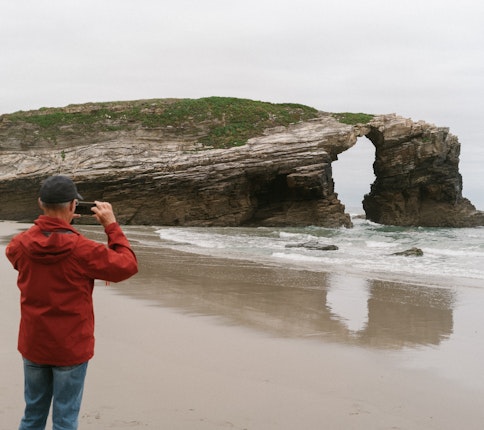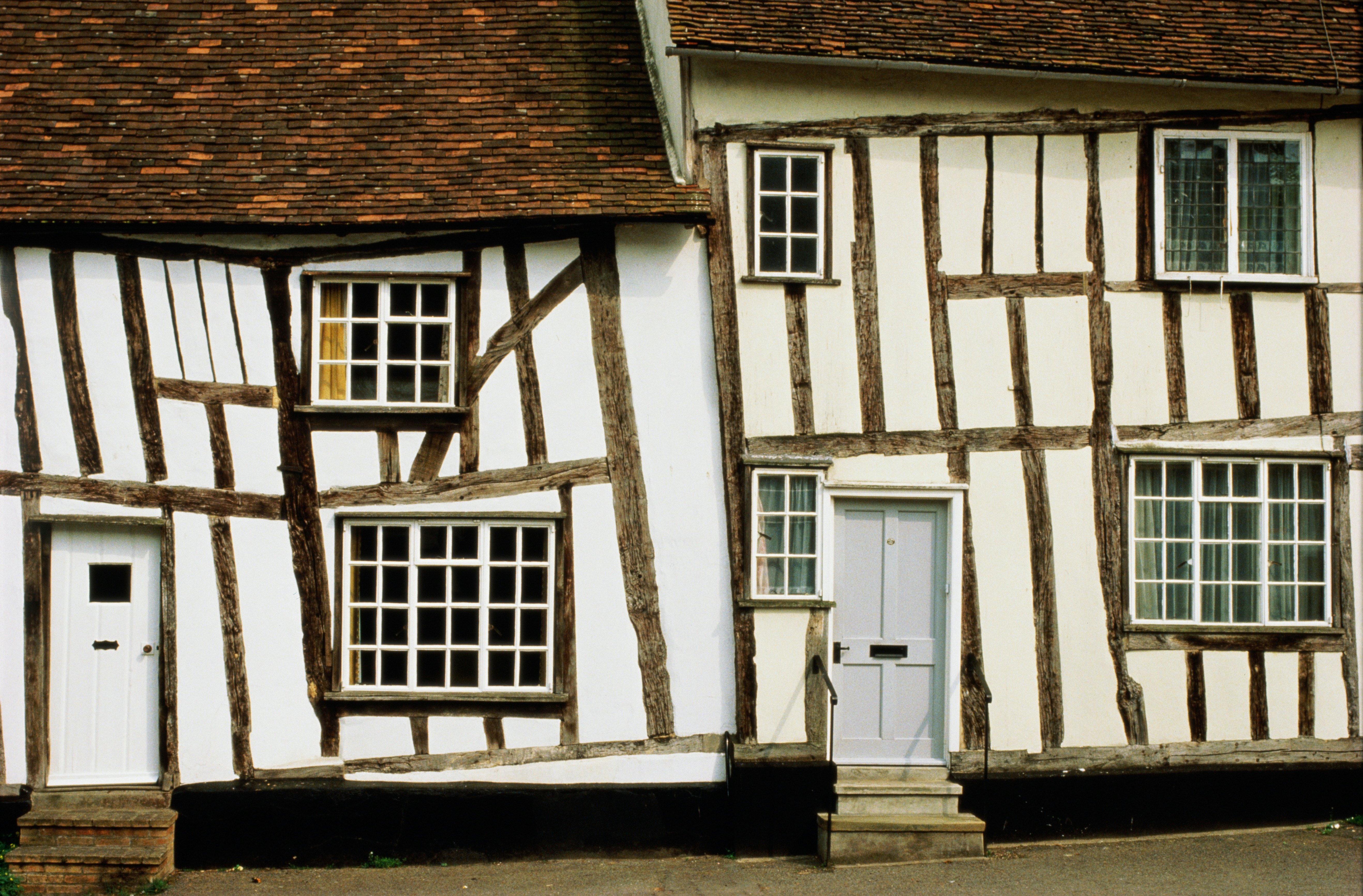
The 30 best countries, cities and regions to visit in 2025

With its wildlife-rich marshes, atmospheric coastlines and historic cities, East Anglia delivers a range of memorable travel experiences © stevendocwra / Getty Images
Blessed with beautiful beaches, whispering wetlands, culture by the barn-load and more history than you can shake an Anglo-Saxon ship burial at, East Anglia should really be much better known than it is. Most corners of Essex, Suffolk, Norwich and Cambridgeshire can be reached from London in less than two hours, but the rolling wheatfields and wildflower-topped water meadows offer a trip back in time to a gentler, calmer England. Here’s our guide to the best things to do.
East Anglia is one of the best regions to visit next year. See our full list of Best in Travel 2025 winners.
The bulge on the east coast of England has beaches to suit all tastes – broad golden sands; pea-sized shingle strands; dignified strolling beaches; raucous beaches with amusement arcades, giddy funfairs and seagulls turned into apex predators by a diet of pilfered fish and chips. The most unspoiled sands are at Wells-Next-the-Sea, Brancaster and Holkham in Norfolk; for long, contemplative walks, try Aldeburgh in Suffolk.
Local tip: With younger kids in tow, Wells-Next-the-Sea has shallow waters for paddling and a handy beach cafe behind the dunes.
It’s not the British seaside if you haven’t been given the opportunity to promenade along the pier. Southend in Essex has the world’s longest pier, with a toy train trundling along its 1.3-mile (2km) length, while genteel Southwold in Suffolk has the region’s most eccentric pier, home to an arcade of inventive, satirical slot machines created by former Pink Floyd stage-props-maker Tim Hunkin.

Sprawling across 117 sq miles (303 sq km) of waterlogged countryside, the Norfolk Broads were created by accident when floodwaters inundated channels excavated by peat-cutters, creating a new way of life amongst the swishing reedbeds. Eel-catchers and fishers once navigated these marshy channels in homemade coracles, but today you can cruise around in comfortable motorboats, stopping off at country pubs, historic churches and quirky museums.
Planning tip: Renting a "day boat" or overnight cruiser comes with basic tuition in Broads navigation. Pick up a vessel in the twin villages of Hoveton and Wroxham, or Stalham – all an easy drive from Norwich.
You don’t need faith to hike Walsingham’s pilgrim trail. The medieval path from London to Walsingham – where an Anglo-Saxon noblewoman had a vision of the Blessed Virgin in 1061 CE – meanders through 180 miles (290km) of green, serene English countryside – walkers with less time stick to the scenic final section from Saffron Walden or Bury St Edmunds. On arrival, pick up a bottle of holy water, nose around the historic Shirehall and wander the ruins of Walsingham Priory, destroyed during Henry VIII’s purge of the monasteries.
Planning tip: For more walking, ride the miniature railway north from Walsingham to Wells-Next-the-Sea and pick up the 84-mile (135km) Norfolk Coast Path, which weaves between empty beaches and reed-topped marshes along the north Norfolk shoreline.
The coastal marshes of Suffolk and Norfolk shelter everything from marsh harriers, nightingales and avocets to curlews and bitterns. Birds (and birders) from all over gather in the meditative reedbeds of RSPB Minsmere and Dunwich Heath near Southwold and the Cley Marshes, Holkham Beach and RSPB Snettisham on the Norfolk coast. Come from April and June to hear the strange, evocative "boom" of the bittern.

The best way to stay connected.
Saily provides a hassle-free solution to travel data — just choose your data plan and prepare for your trip. When you get to your destination, you can go online right away.
Get your eSIMDetour: For a break from birds, take a boat trip from the Norfolk village of Blakeney to see huge gatherings of grey seals around windswept Blakeney Point.
The capital of Norfolk is crammed with museums, historic churches and antique shops, and it's blessed with some of the best eating outside London. Prep yourself for sightseeing with a spectacular sticky bun at Biddy’s Tea Room, lunch on gourmet chip-shop grub at Grosvenor Fish Bar, then dine your way along foodie St Benedicts St – reserve ahead to try the innovative Modern British cooking at Benedicts or Farmyard, or the cool cocktails at Hawthorn.

The village of Lavenham in Suffolk is regularly voted England’s most beautiful village, with its wonky, half-timbered houses and coaching inns and grand flint church. Medieval wool money paid for these eye-catching residences, and the 16th-century Guildhall and Little Hall contain fascinating museums of country life. Other achingly pretty villages include Coddenham, Orford and Long Melford in Suffolk and Saffron Walden in Essex.
English landscape artist John Constable produced his most famous works in Suffolk, including The Hay Wain – daubed at Flatford Mill in 1821. Now administered by English Heritage, the millpond has hardly changed in two centuries, and the walk here beside the willow-shaded River Stour from Dedham is one of East Anglia’s loveliest strolls. Rowboats can be rented in Dedham if you’d rather come here along the river.
Planning tip: Constable isn’t the only great painter associated with East Anglia. Thomas Gainsborough was born in Sudbury, Suffolk, and the museum in his former home is well worth a detour.
The rich history of East Anglia has filled local museums with treasures, but few relics come close to the grave goods recovered from the Anglo-Saxon ship burial at Sutton Hoo in Suffolk. Many of the original artifacts are now in the British Museum in London, but visitors can view impressive reconstructions of Saxon helmets, weaponry and armor, and wander between the ancient burial mounds that concealed the last possessions of the Saxon king Raedwald for 1400 years.

Some East Anglian seaside resorts are boozy and boisterous, but genteel Cromer is all about seafood lunches, salt-aged hotels and nights at the agreeably nostalgic "end of the pier" show. Families gather on Cromer’s broad pebble beach to swim and surf (lessons are available) and kids throng the Henry Blogg Museum, dedicated to one of the country’s most committed lifeboatmen.
Planning tip: Don’t leave without trying Cromer’s famous dressed crab – delicately seasoned white and brown crabmeat, served in an upturned crab shell.
The genius who discovered gravity is just one of thousands of prestigious alumni from the University of Cambridge, whose medieval colleges would later produce King Charles III, Charles Darwin, David Attenborough, the Monty Pythons and Sir Stephen Hawking. Behind the college gatehouses, you can admire floral gardens, sculptural bridges, historic libraries, Harry Potter-worthy dining halls and extravagant Gothic chapels – the ones at King’s College and St John’s College are particularly awe-inspiring.
Local tip: Don’t forget to check out the college "Backs" – the calm, green grounds where students study and picnic beside the Granta River.
In Cambridge, even the student museums are crammed with objects of national significance. The grand, neoclassical Fitzwilliam Museum – just "The Fitz" to its friends – has antique glassware, Egyptian mummies, great master paintings, Greco-Roman statues and more – while the Sedgwick Museum of Earth Sciences displays some of Darwin’s personal nature specimens. Change the pace at Kettle’s Yard, containing the intriguing personal art collection of former Tate Gallery curator Jim Ede.

Okay, so it’s a Cambridge cliché, but meandering down the Granta in a pole-propelled punt is also a lot of fun. You can take a tour, self-punt around the college Backs, or commit to the hour-and-a-half punt to Granchester, where the Bloomsbury Group (of Virginia Woolf fame) met for intellectual picnics at the Orchard Tea Garden (still open for teas and cakes today).
Planning tip: If punting to Grantchester sounds too much like hard work, jump on the No 18 bus at Cambridge’s Drummer St bus stand.
East Anglia’s relationship with the sea is best explored through its seafood, whether that means feasting on fat brown crabs in Cromer and Wells-Next-the-Sea or grabbing fish so fresh you can almost hear the fishermen shout "Haul ‘em in boys" from the beach shacks at Aldeburgh. Following any road down to the seafront in Suffolk or Norfolk is likely to yield good eating – try oysters at Orford, mussels at Brancaster, smoked fish at Cley-Next-the-Sea, or lavish platters of everything briny at Brancaster Staithe’s White Horse pub.
East Anglia’s wool money built some truly spectacular homes, many of which are open to the public, providing a fascinating chance to see how the other half lived. The most famous grand house is lavish Sandringham Estate near King’s Lynn – one of a number of bijou properties owned by the English royal family – but the loveliest estate is Holkham Hall, built in the grand Italianate style by Thomas Coke, the first Earl of Leicester. Audley End near Saffron Walden in Essex also swims with The Remains of the Day charm.
Planning tip: Several stately homes offer on-site accommodation; at Sandringham, you can stay in the converted granary or the cottage of the head gardener, while Holkham Hall has rooms at the Victoria pub and lodges dotted around the grounds.
Plan with a local
